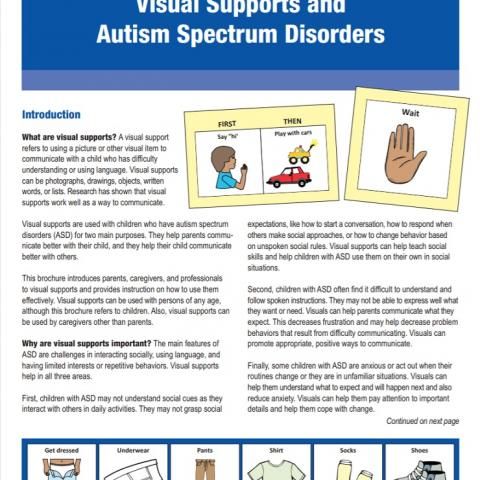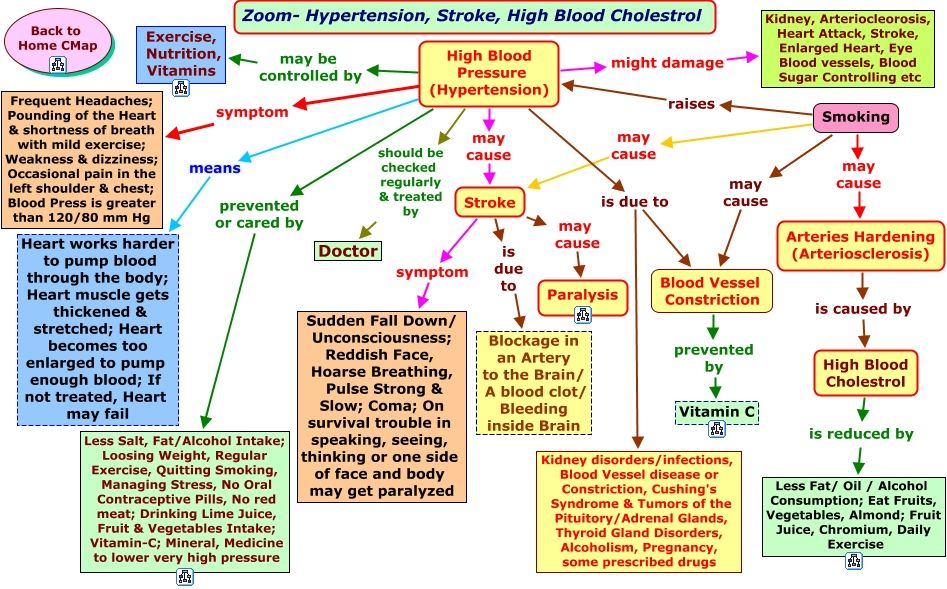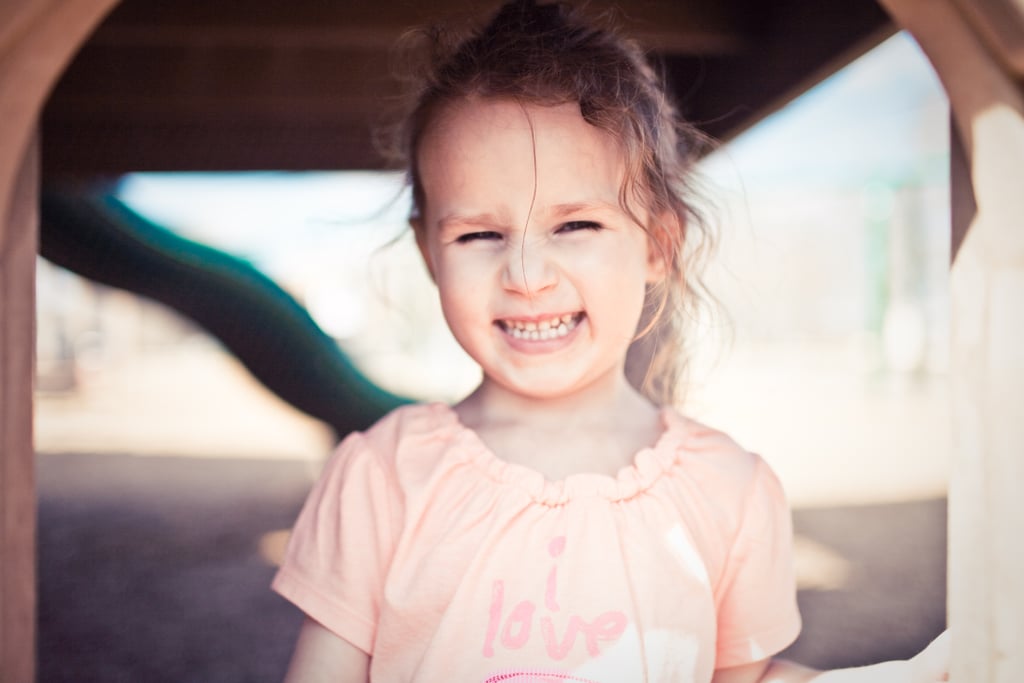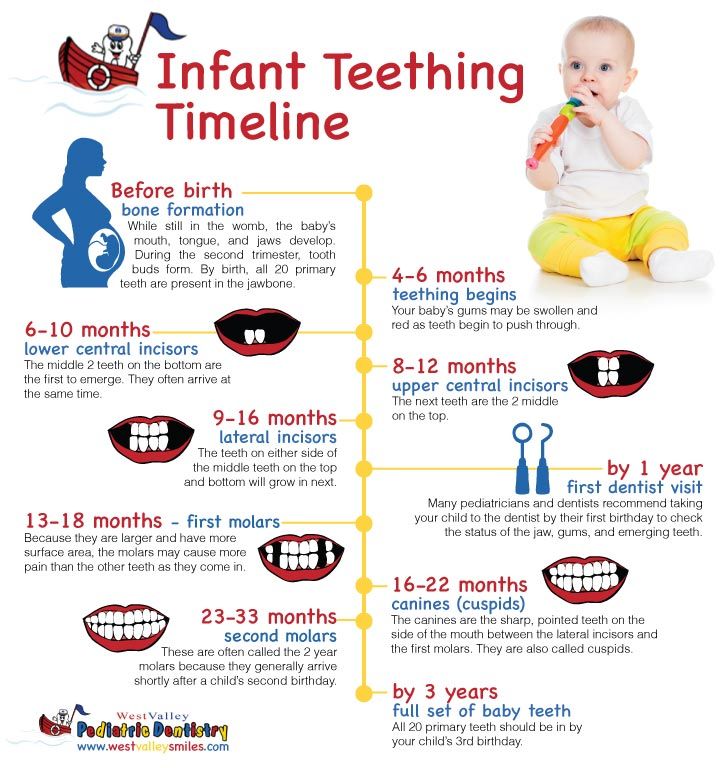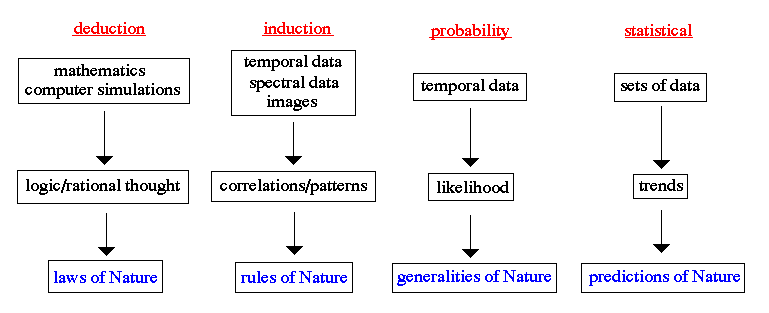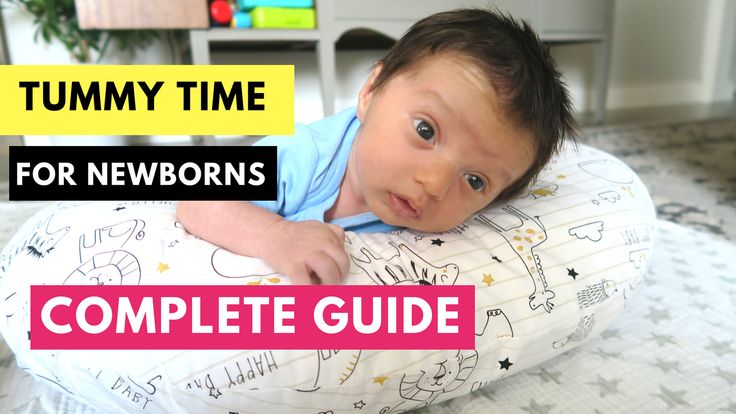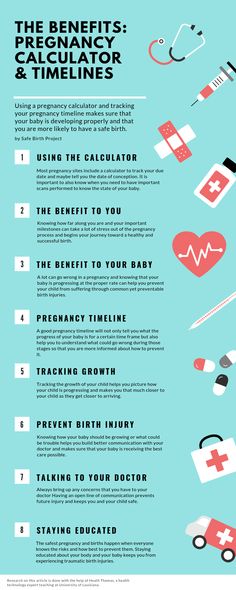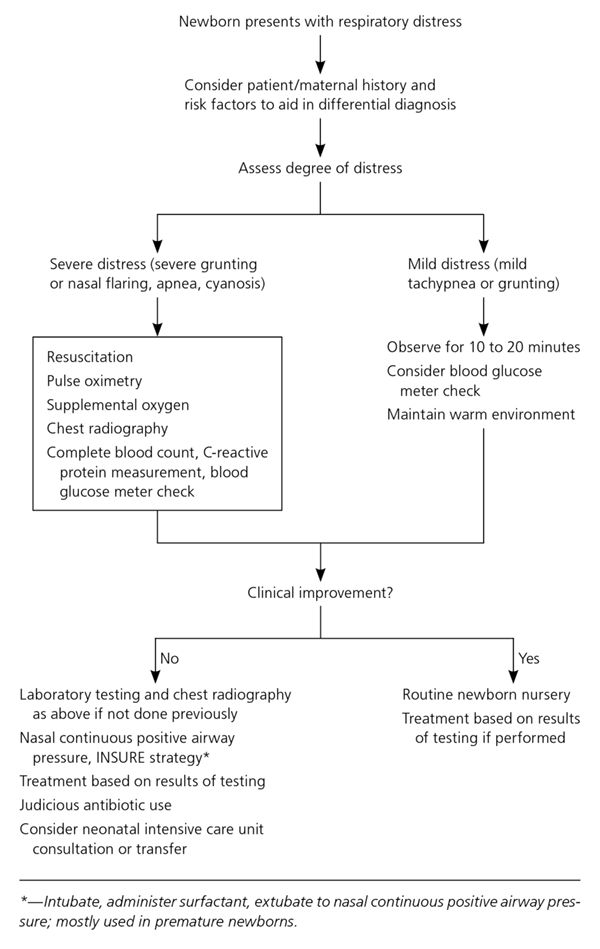Lice in newborn
What to do If My Newborn Baby Has Lice: Natural Lice Treatment For Babies
by
Karen Sokoloff
Created on
May 31, 2022
Updated on
May 31, 2022
With all the potential challenges that may come along with a new baby, head lice are probably not the first concern that pops into a new parent’s mind. Some parents even think that since there is very little hair on their newborn, lice shouldn’t even be possible. But when a family has lice, a baby may have lice, too.
What Is Head Lice?
Head lice are parasites that live only on human heads. An infestation includes nits, which are lice eggs; each nit contains a nymph, which is a baby louse; and adult lice, the moving bugs that bite, sometimes causing itching.
Lice in babies can be difficult to spot because the bugs are elusive, and the baby cannot tell you something is wrong. The first symptom most parents see is visible tiny nits.
How do Babies Get Lice?
Head lice in newborn babies are contracted the same way as anyone else gets lice. Most commonly this is from direct head-to-head contact with someone who has an active case of lice. If you have another child that is school-aged, this can increase the chances as young children often enjoy spending time with their younger siblings. Less often, babies can get lice from combs, scarves, blankets, etc but this is rare. If you have an older child with a case of head lice, be sure to check your baby for lice, as well.
Symptoms of Lice in Toddlers
Head lice in infants look the same as on anyone, including toddlers. When the child is a toddler though, you may see the child scratch more. Symptoms of lice in baby hair on toddlers may include:
- Scratching around the head;
- Irritability;
- Red rash or bug bite marks;
- When checking your toddler or baby, nits within ¼” of the scalp may be visible and are glued to strands of hair;
- Seeing actual bugs is rare on older kids, but they are usually easier to spot on baby-fine hair.

What to Do If You've Noticed Lice in Toddlers Hair, Lice on Baby Hair
- If you find head lice on your infant or toddler, you want to treat it quickly AND safely.
- Exposing the baby to the harsh chemicals in lice shampoo (so close to the face) worries many parents. Pesticides can be irritating, and worse, they rarely work nowadays with chemical-resistant lice! Plus, no matter what they say on the box, no chemical can kill all of the nits.
- How to treat head lice on a baby then? Removal with wet combing is safe, natural, and effective when done properly. It’s the only lice treatment for babies most pediatricians recommend.
- By the time you can visually see lice on the baby’s head, it’s almost guaranteed mom also has lice. Check the whole family and treat whoever has lice!
- Keep checking! At any given time, some nits will be too underdeveloped to see, so keep searching for nits for at least a couple of weeks after treatment.
 Remove any you find with the lice comb or by hand.
Remove any you find with the lice comb or by hand.
Natural Treatment for Lice in Toddlers
When a toddler or baby has lice, don’t panic. Lice treatment for babies and toddlers can be done safely and effectively.
- Act naturally; freaking out will upset your kids.
- Play a favorite show for distraction.
- Wet hair with olive oil or baby oil.
- Comb hair in every direction with a professional nit comb.
- Wipe comb between each pass on a paper towel to remove lice/nits.
- Keep combing until no lice/nits are coming out.
- With fine baby hair, the comb cannot remove many of the nits. Handpick the nits that are left after combing.
- Remove every visible nit.
- Leave the oil on to protect the head over the next few hours.
- Check again every couple of days.
Treating lice in toddlers is tricky. It’s natural for them to test their authority by refusing to cooperate. Many parents hire us simply because they know their toddler is more likely to cooperate with a professional than with a mom or dad.
Should You Keep Your Baby From The Nursery?
Many families consider is lice dangerous for babies when determining whether to send their infant back to daycare. While lice should be treated, it is not dangerous to humans. We recommend consulting your nursery school director on their lice policies, and if lice do not exclude them from daycare, they can continue to go as scheduled. However, we do recommend advising the caregiver of your baby’s case of lice so they can keep others from having direct head-to-head contact with them. This will also make the daycare center aware of an active case of lice which will allow them the opportunity to check the others in the room as well.
We Provide Natural In-Home Lice Treatment
New parents are exhausted and head lice treatment for babies is challenging. If your time is better spent with other things outside of researching lice in babies' hair treatment, and lice treatment for infants and toddlers, professional help is available.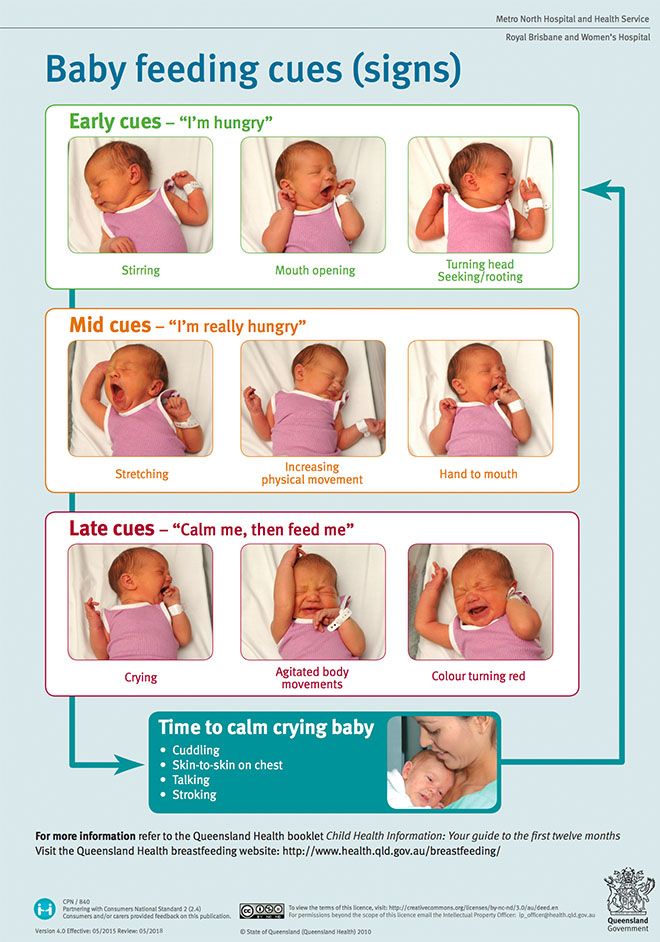 Contact us at 800-224-2537 and LiceDoctors will eliminate the lice using an all-natural treatment that is effective at getting rid of lice in a way that’s safe for the baby.
Contact us at 800-224-2537 and LiceDoctors will eliminate the lice using an all-natural treatment that is effective at getting rid of lice in a way that’s safe for the baby.
Can My Baby Have Head Lice?
Yes! It may be hard to believe, but even babies are at risk for head lice. Anyone with hair on their head is susceptible to infection, especially if there are others in your home who are carriers.
The Centers for Disease Control related to us that children between the ages of 3 to 12 are most likely to catch head lice. This is generally because they spend so much time around other children in settings where lice can be easily transferred. Such as daycare, school, camps, play dates, etc. If an older child is a carrier for head lice, it can easily be transferred to an infant at home.
We love to snuggle, hold and love up on little babies. If your child unknowingly has head lice and is in contact with your baby they are at risk for head lice. Anyone, at any age that has a head full of hair, is capable of contracting head lice. If your baby has head lice we’ve got some helpful tips for you.
If your baby has head lice we’ve got some helpful tips for you.
Are you worried your baby has head lice? Here’s what we suggest you do:
- Look through your babies hair and make sure that they are showing symptoms or signs of head lice. This includes small, brown head lice that are about the size of a sesame seed. Bites from head lice will cause red, irritated bumps around the scalp. Particularly in areas behind the ears, at the base of the neck and the crown of the head. If head lice are present you will also notice rashes or irritations from their fecal matter and saliva that can irritate the skin and cause swelling. Nits or lice eggs will also be present. These are yellow or white in color, shaped like an oval and secreted onto single strands of hair near the base of the scalp. They will be difficult to remove, unlike dandruff or flaky skin.
- Check all members of your household for head lice or signs of nits. Anyone could be a carrier.
- Thoroughly clean your home, especially bedding, towels, furniture and clothing that could have lice or traces of head lice.
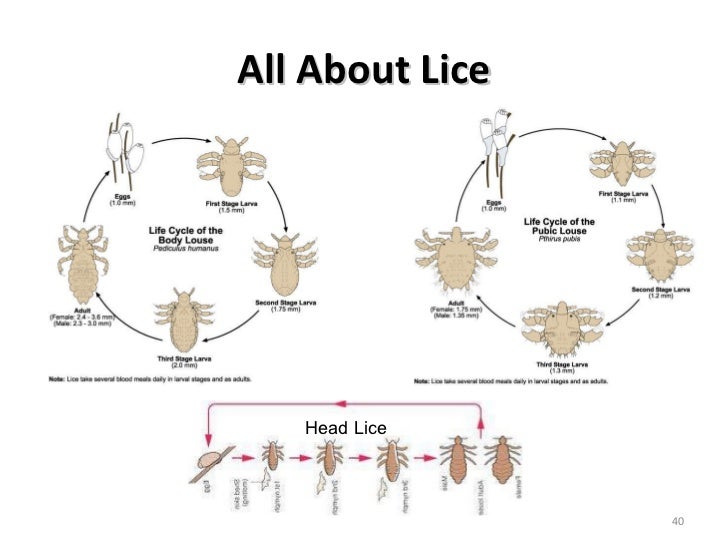 Place items in the washing machine and dryer on a high setting for 20 minutes. Vacuum all furniture or areas that could be infected.
Place items in the washing machine and dryer on a high setting for 20 minutes. Vacuum all furniture or areas that could be infected. - Make sure NOT to use any chemical treatments, or over the counter products that could cause a reaction or negatively impact your infant. These are not safe and not recommended by pediatricians.
- We recommend only using non-medicated treatments for your infant if they do indeed have lice. Contact Lice Clinics of Texas today at your local branch to talk through the best possible options for your baby. We are here to help you!
Treatment at Home for Your Baby
Step 1- Lay your baby down in a comfortable position on top of a towel.
Step 2 – Wet down your babies hair with warm water. Keep a bowl of warm water close.
Step 3- Apply a small amount of hair conditioner to your babies hair to help make it easily manageable.
Step 4 – Comb through the babies hair in sections looking for head lice and nits. Use a fine-tooth comb or a nitpicking comb that will capture the head lice or nits as you brush up through the hair. With each section you comb through, dip the comb into the bowl of water to wash away any head lice or nits you picked up.
Use a fine-tooth comb or a nitpicking comb that will capture the head lice or nits as you brush up through the hair. With each section you comb through, dip the comb into the bowl of water to wash away any head lice or nits you picked up.
Step 5 – Continue working through their hair until you no longer notice any lice or nits. This process might take several attempts.
Step 6 – Rinse their hair clean and dry.
Step 7 – Continue to watch out for any signs of head lice. Sometimes it can be very difficult to remove every nit or louse on the scalp. Repeat the steps as necessary.
Lice in a baby: how to treat?
Recommendations
Pediculosis can appear at any age, even in infancy. And in any family, no matter how prosperous it is. Many babies are born with gorgeous hair, and during the first year of life, it only becomes thicker and longer. Do not be surprised if one day a mother finds bite marks on the delicate skin under her hair, and whitish points of nits in the root zone.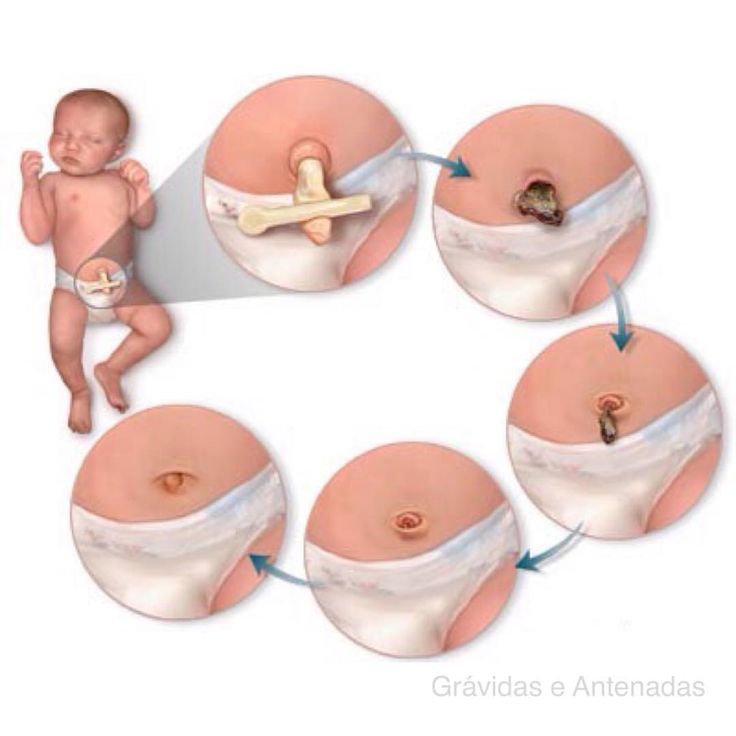 There is no need to panic either: this problem is solvable. nine0003
There is no need to panic either: this problem is solvable. nine0003
Routes of infection
How can a baby who spends almost all the time outside the house in a stroller and does not yet play with other children get infected? Several options are possible.
- From an older child who brought lice from kindergarten.
- From the hospital. If a mother and baby were hospitalized for some reason, they could pick up parasites from their neighbors in the ward. All hospital patients have weakened immunity, a high probability of infection. nine0012
- From vacation. In a hotel, boarding house, even on a train, you can come across poorly processed linen, in the seams of which lice lurk. If you put a crumb on such a sheet, pillowcase, bedspread next to you, he will be the first to become infected, because his immunity is not yet fully formed.
That is why it is so important to take preventive measures: regularly inspect the child's head, carefully check the bed linen where others have used it before you.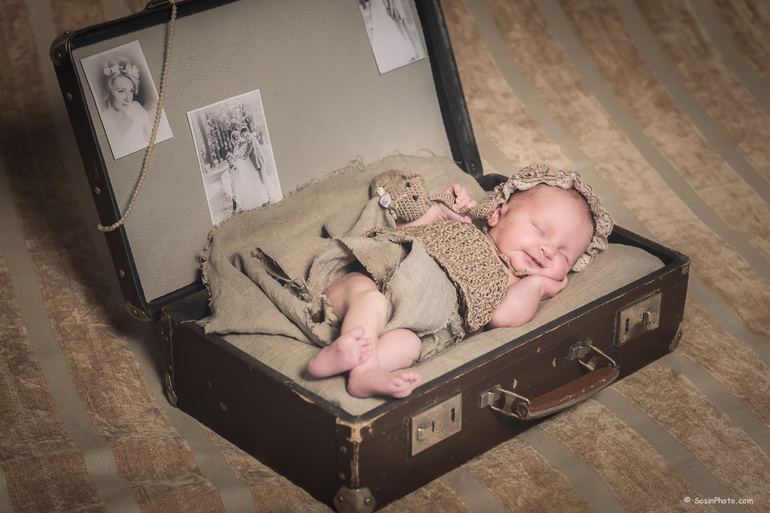 nine0003
nine0003
But even if an infection has occurred, this is not a cause for panic. We'll fix everything.
How to treat
Many head lice remedies contain toxins that attack the nervous system of insects - malathion or permethrin. Naturally, they are not good for children. That's why these drugs have an age limit "for children over three years old." In addition, high resistance to pyrethroids has formed on the territory of the Russian Federation.
But not all pediculicides are poisons. For example, Parasept and similar drugs work on a completely different principle. They are based on air- and waterproof silicone oil, which envelops the body of the parasite, clogs its respiratory, excretory organs, and thus kills. These oils (silicones) are safe for humans. On bottles with such products, the age limit “from one year” is indicated. But in relation to a child under one year old, you must agree that any drug should be used with caution. At a minimum, test for an allergic reaction on a small area of skin.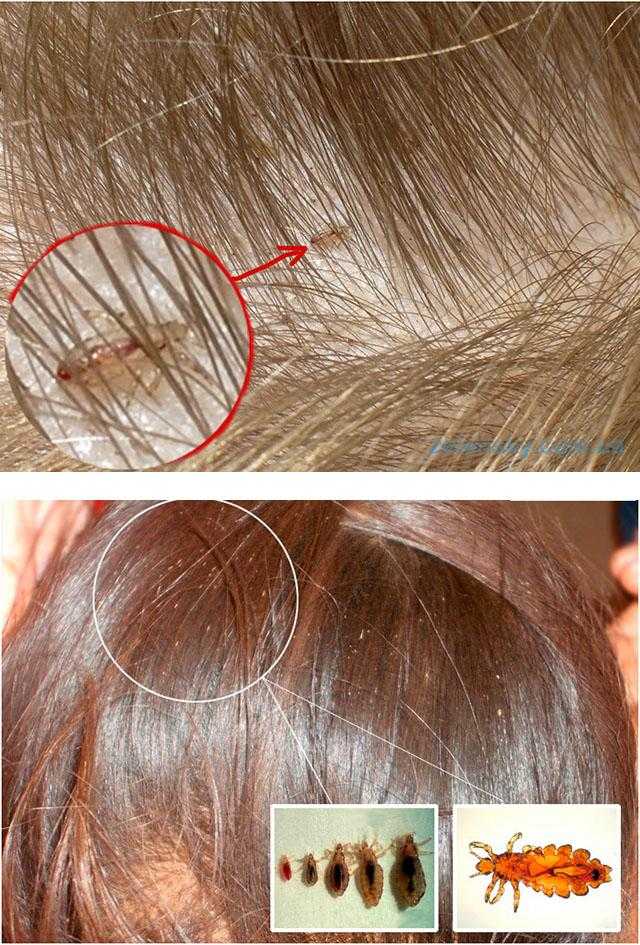 nine0003
nine0003
Folk remedies
Essential oils
They are often used to combat head lice. And since for some reason all folk remedies are considered safer than pharmacy ones, they are trying to cure the smallest ones.
The principle of action of essential oils is the same as that of synthetic ones: they envelop the insect, cut off oxygen. Plus, many strong odors (anise, lavender, clove oil) cause suffocation in parasites. And tea tree oil is even capable of destroying their chitinous shell. But all these suffocating odors can cause acute allergies in a baby. Not to mention that for the desired effect they will have to be applied for several hours and repeated the procedure many times. In addition, compositions based on essential oils are very unstable and volatile, therefore they quickly lose their effectiveness. nine0003
Tar soap
It is very drying, and it is critical for baby's delicate skin. In addition, it is not so easy for a baby to soap his head, wrap it in a plastic bag, and persuade him to sit with him for half an hour. It is necessary to repeat the procedure for several days in a row.
It is necessary to repeat the procedure for several days in a row.
Cranberry juice
Another folk method. Before using, be sure to make sure that the child is not allergic to cranberries! After that, you can rub cranberry gruel and juice into the hair roots, wrap it up, leave it for 30–40 minutes. Repeat the procedure 3-4 times. nine0003
Attention: as a result of this procedure, blonde hair can acquire a very fashionable shade - pink blond!
Read more about folk remedies to combat pediculosis here.
But the main thing in all methods - folk and pharmacy - after processing, it is necessary to carefully comb out dead or paralyzed lice, as well as nits. And if we are talking about the delicate head of a baby with thin silky, not yet very thick hair, then sometimes it is possible (and this is the safest thing) to limit yourself to one combing. Combing must be repeated several times. The main thing is to make sure that after the procedure, not a single nit or adult lice remains on the curls.

